Optimal Timing for Commercial Flooring
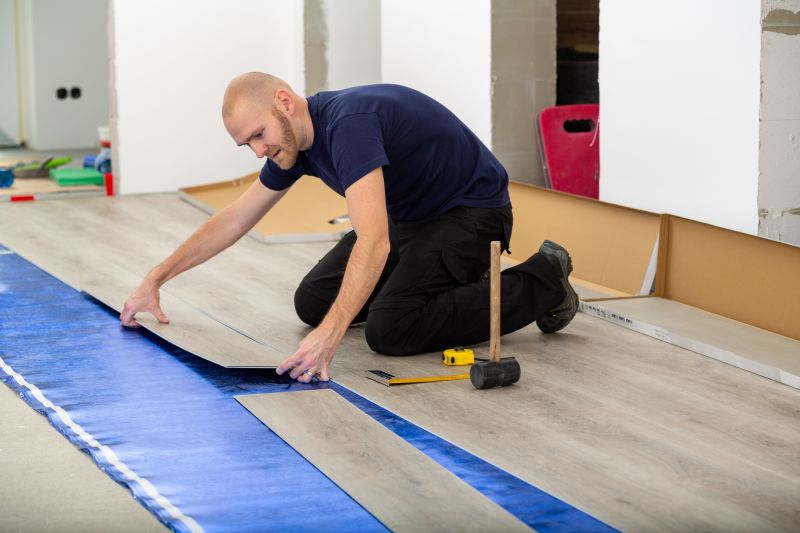
Installing flooring during construction phases minimizes disruption and allows for proper preparation.
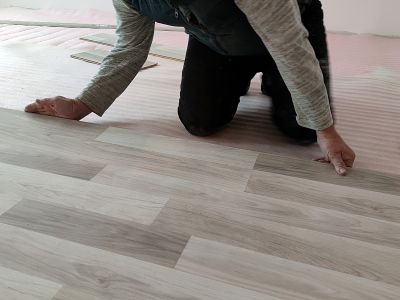
Scheduling installations during off-peak times reduces scheduling conflicts and ensures dedicated resources.
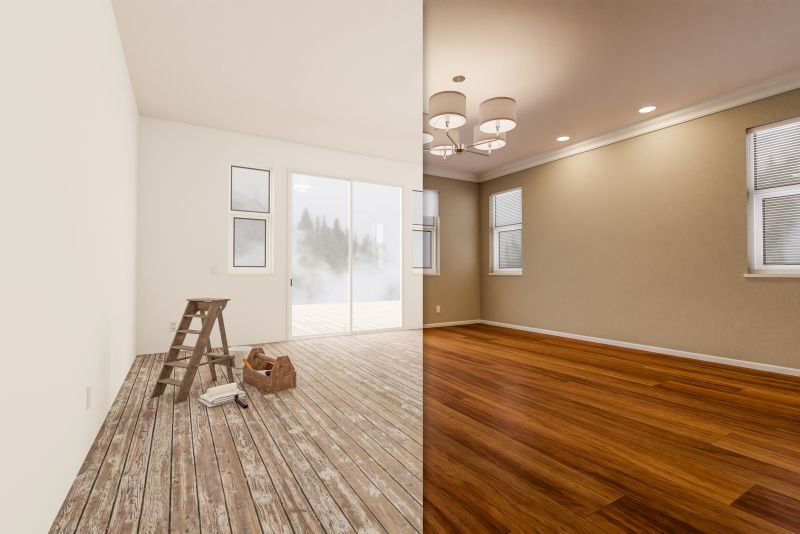
Waiting until project completion ensures the environment is ready and flooring is protected from damage.
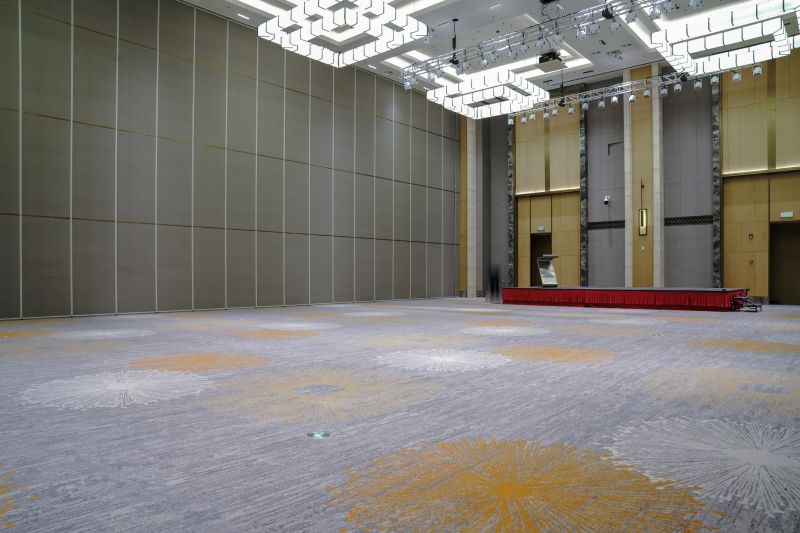
Ways to make Commercial Flooring Installations work in tight or awkward layouts.

Popular materials for Commercial Flooring Installations and why they hold up over time.

Simple add-ons that improve Commercial Flooring Installations without blowing the budget.
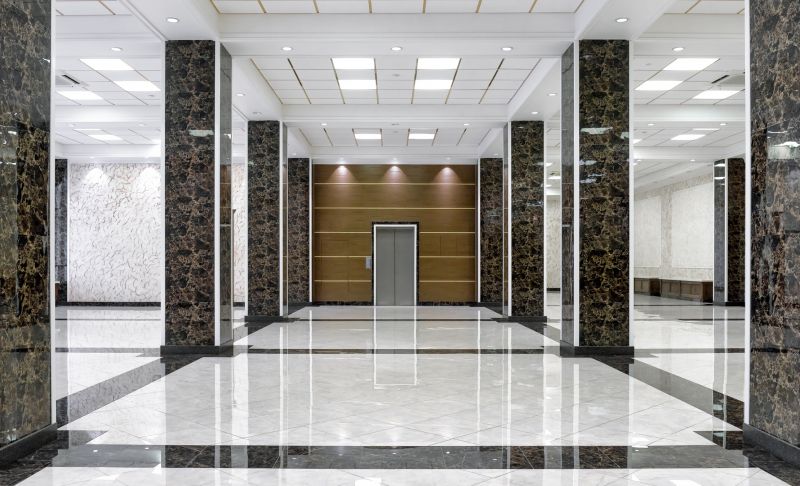
High-end options that actually feel worth it for Commercial Flooring Installations.
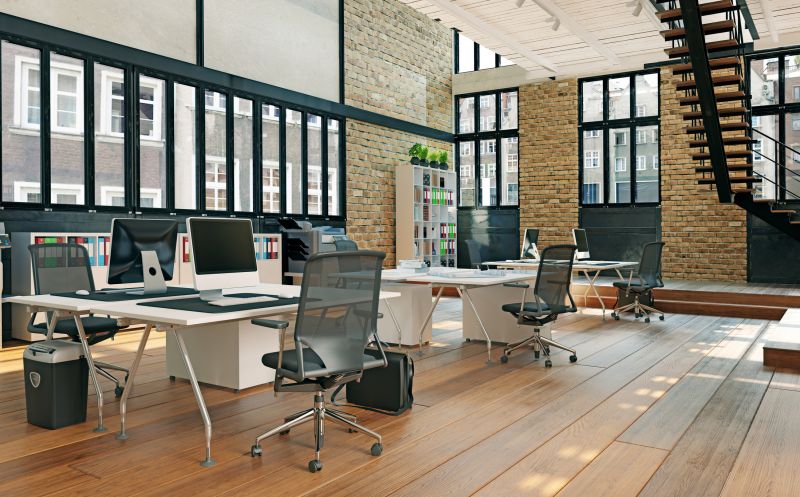
Finishes and colors that play nicely with Commercial Flooring Installations.
Commercial flooring installations are a critical component of building design, impacting durability, safety, and aesthetics. Proper timing ensures the installation process is efficient and minimizes operational disruptions. Factors such as project schedule, environmental conditions, and business operations influence the optimal time for installation. For example, scheduling during periods of low activity can reduce downtime and allow for better attention to detail.
Statistics indicate that installations planned during favorable weather conditions and off-peak hours tend to have fewer delays and issues. Approximately 65% of commercial projects report fewer complications when installations are scheduled during the building's off-season. Additionally, coordinating with construction timelines can lead to cost savings and improved quality outcomes.
Early planning ensures materials arrive on time and installation crews are available when needed.
Temperature and humidity levels should be optimal to prevent flooring warping or bonding issues.
Scheduling around operational hours minimizes business disruption during installation.
Allow sufficient curing time for adhesives and finishes before reopening the space.

Image depicting ongoing flooring installation in a commercial setting.
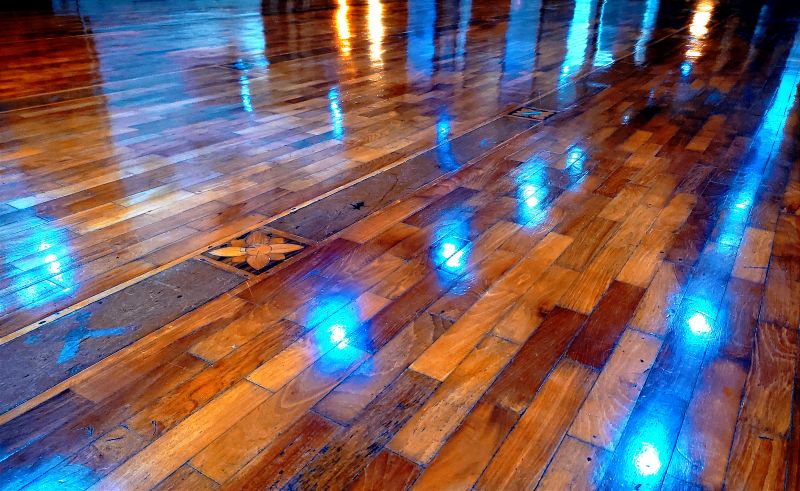
Completed flooring installation showcasing the final look.
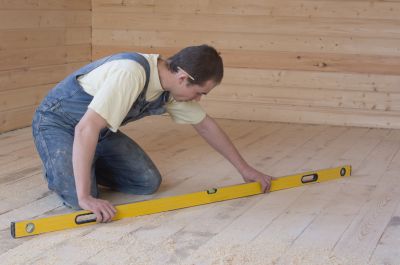
Subfloor preparation before flooring installation begins.

Tools and machinery used during installation process.
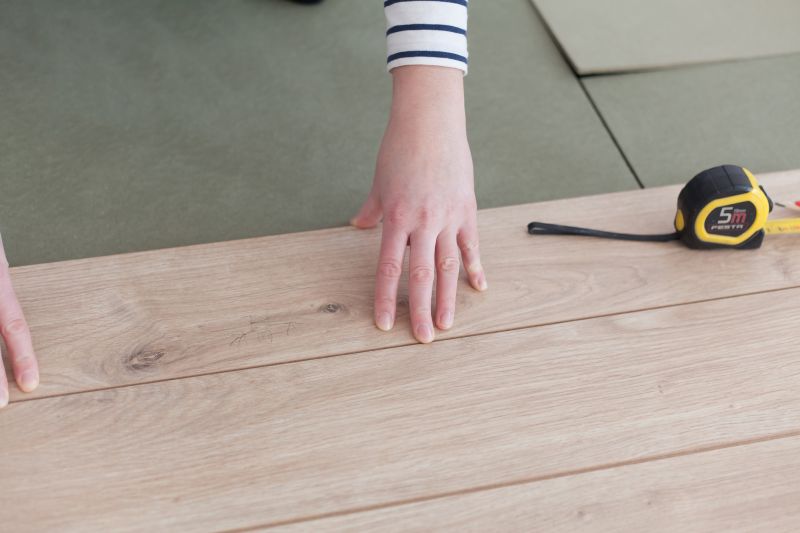
Little measurements that prevent headaches on Commercial Flooring Installations day.
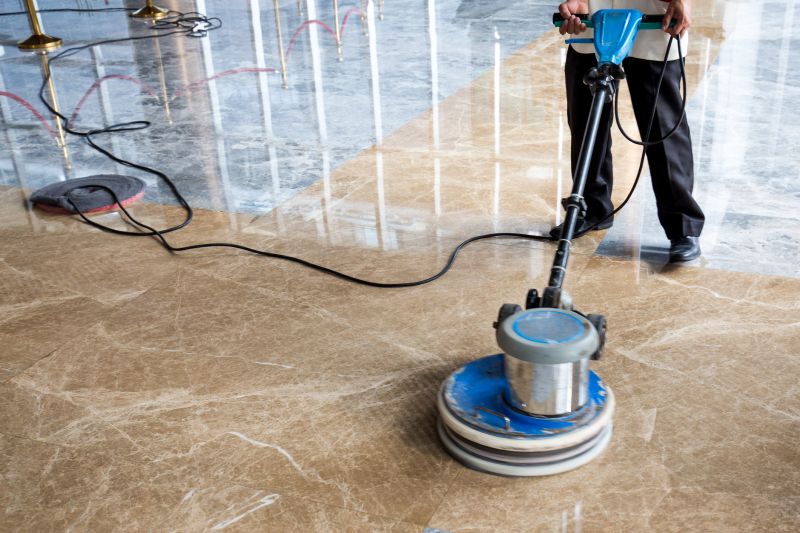
A 60-second routine that keeps Commercial Flooring Installations looking new.
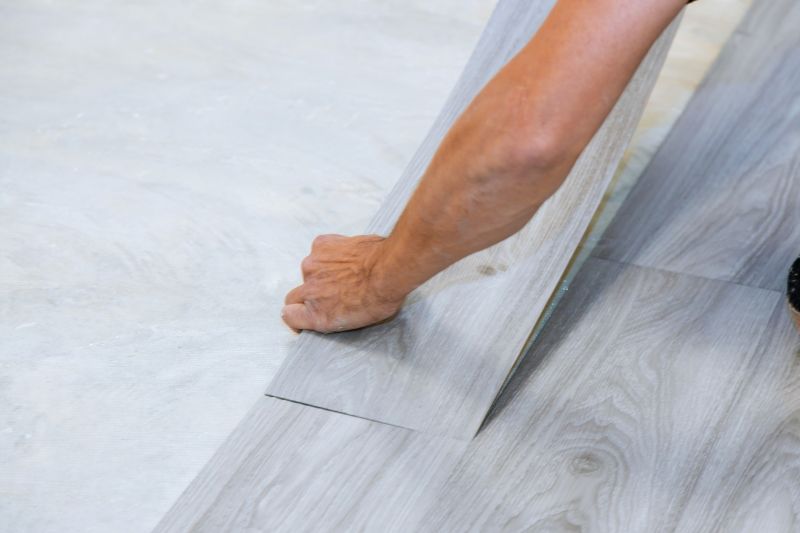
A frequent mistake in Commercial Flooring Installations and how to dodge it.

Small tweaks to make Commercial Flooring Installations safer and easier to use.
| Optimal Installation Seasons | Advantages |
|---|---|
| Spring | Favorable weather and moderate temperatures |
| Fall | Less business activity and suitable climate |
| Summer | Long daylight hours for extended work |
| Winter | Possible delays due to cold and humidity |
| Mid-year | Availability of resources and personnel |
Choosing the right time for commercial flooring installation depends on several factors. Proper scheduling can lead to smoother execution, fewer delays, and higher quality results. It is essential to consider environmental conditions, project timelines, and operational needs to determine the most suitable period for installation.

Variety of flooring options suitable for different commercial environments.

Skilled professionals installing flooring in a commercial space.
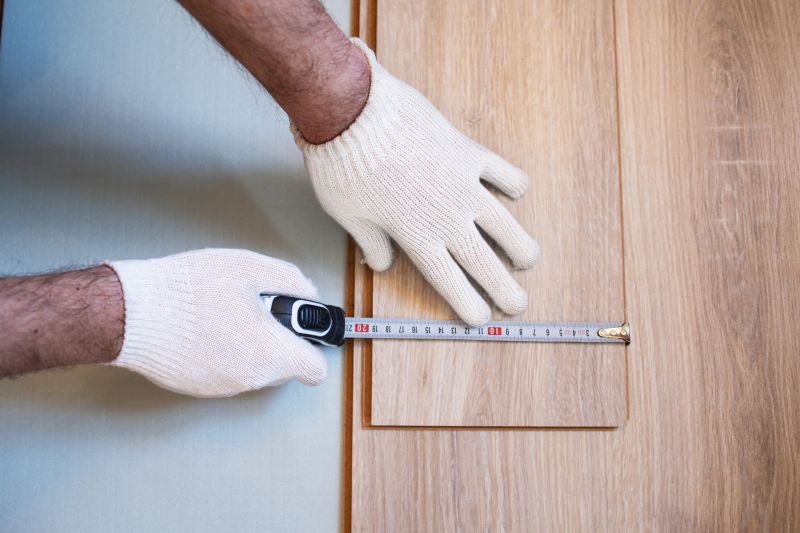
Quality check post-installation to ensure standards are met.
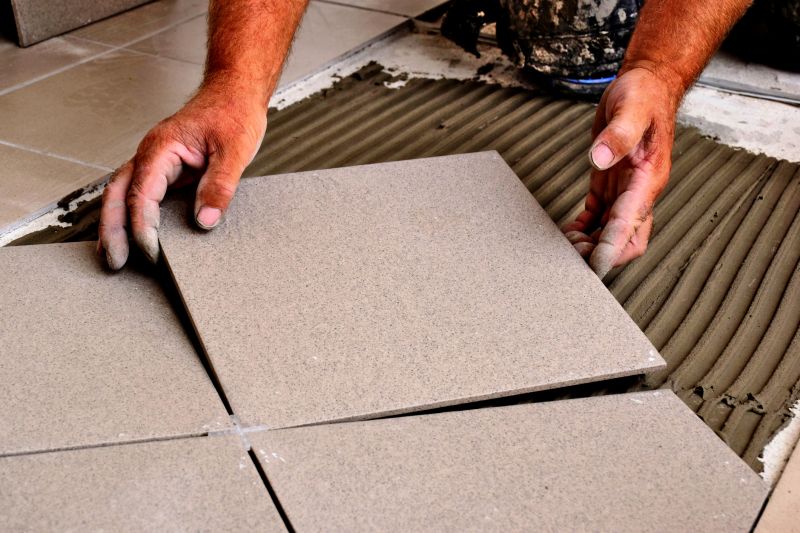
Final appearance of installed flooring in a busy commercial setting.
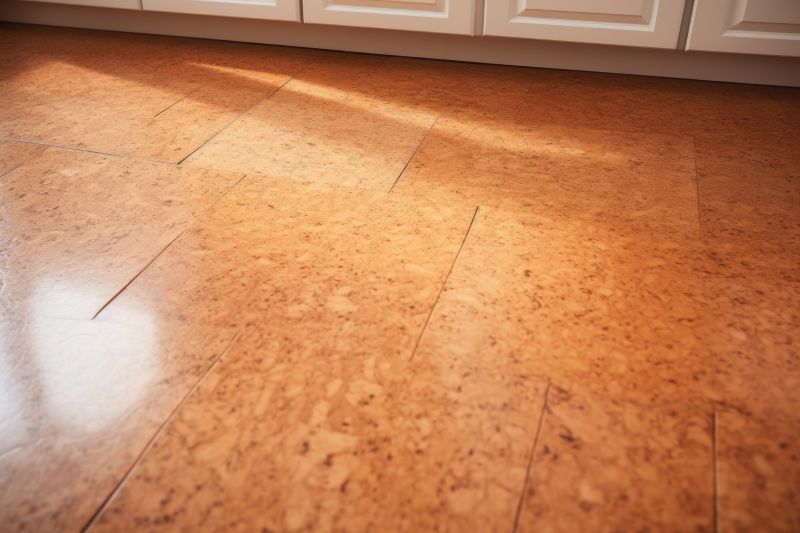
Lower-waste or water-saving choices for Commercial Flooring Installations.

The short, realistic tool list for quality Commercial Flooring Installations.

Rough timing from prep to clean-up for Commercial Flooring Installations.
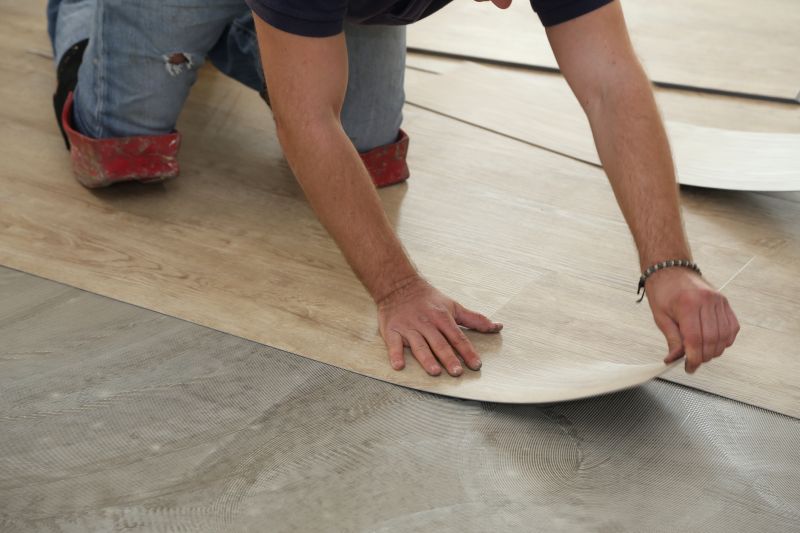
Quick checks and paperwork to keep after Commercial Flooring Installations.
Interested parties are encouraged to contact for more information on scheduling and planning commercial flooring installations. Proper timing ensures optimal results, durability, and minimal disruption to business operations.



